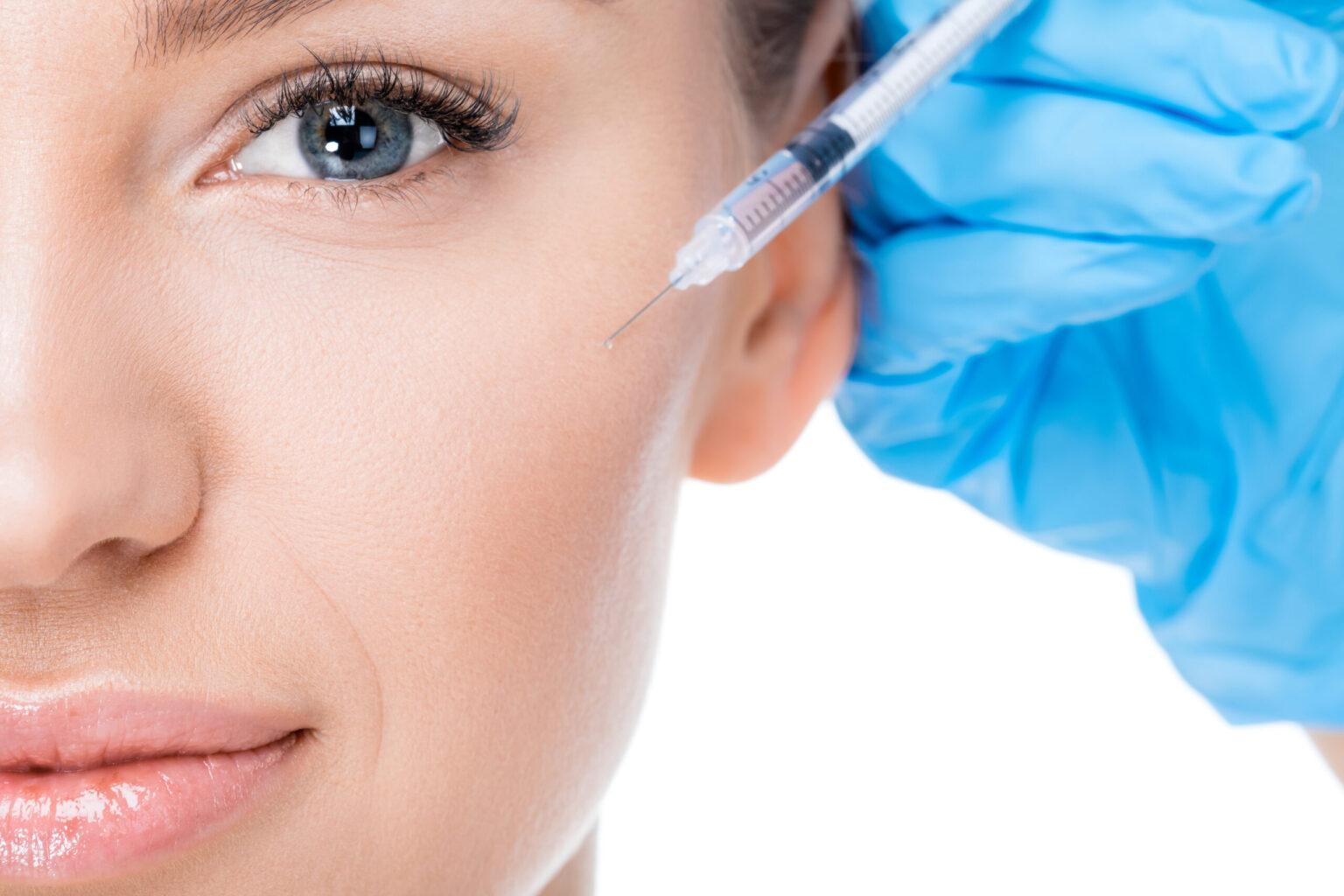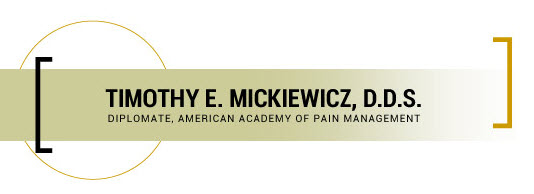
Though BOTOX® is famously known for softening the signs of aging, medical professionals also apply BOTOX for therapeutic reasons. Dentists use BOTOX® therapy to help reduce myofascial pain and other side effects associated with TMJ disorders.
Myofascial Pain Syndrome
Myofascial pain syndrome is a chronic pain disorder that most commonly affects the temporomandibular region but can also cause sensitivity in the head and neck. Repetitive motions or stress-related muscle tension may cause muscles to contract repeatedly. This constant stress and contraction are typically followed by tension, fatigue, and spasms in the facial muscles.
TMJ Disorder
“TMJ disorder” is an all-encompassing term that describes discomfort and other issues in the temporomandibular joint (TMJ). The TMJ is a hinge-like joint that connects the jaw to the skull. People use this incredibly active joint to move their jaws up and down for eating, chewing, and talking.
When the TMJ is damaged, it can cause popping noises or sensitivity when opening and closing the jaw. Another sign of a failed TMJ is bruxism (or teeth grinding). TMJ disorders can also trigger myofascial pain.
How can BOTOX help?
In 2013, researchers published an evidence-based study that cited that minuscule amounts of botulinum toxins can block pain-causing neurotransmitters and decrease muscle hyperactivity to relieve discomfort and stress in the jaw, neck, back, and face.
Here are some surprising reasons why dentists administer BOTOX to patients:
Severe Jaw Pain
Botox may be effective for treating severe discomfort in the TMJ for some people. Many dentists prescribe conservative oral splints before administering BOTOX and other TMJ treatments. In 2003, a study was conducted for patients who didn’t respond to conservative TMJ treatments. After doctors administered BOTOX for these patients, over 90% showed improvement in TMJ symptoms.
Chronic Headaches and Migraines
If the physical stress and inflammation are significant enough in the myofascial muscles, it can trigger chronic and severe headaches. In the early 1990s, a Beverly Hills plastic surgeon noticed that patients reported fewer headaches when he administered BOTOX for wrinkles. After decades of research, the FDA approved BOTOX for headaches in 2010.
In one study, doctors gave patients BOTOX to treat migraines. Researchers discovered that BOTOX injections significantly reduced the frequency of chronic migraine attacks. Ninety days following injection, patients that received BOTOX had an average of 1.6 fewer migraine attacks per month than patients treated with a placebo.
Ear Pain and Tinnitus
A throbbing, sensitive ear is a shocking yet common symptom for patients with TMJ disorder. The TMJ connects the lower jaw to the skull in front of the ear. Because the TMJ is adjacent to the auditory canal, inflammation, tension, and pain in this joint can indirectly affect the ear. Tinnitus (ear ringing) commonly accompanies TMJ earaches. By relaxing and freezing the TMJ with BOTOX, earaches and tinnitus may be lessened.
Are You a Candidate for BOTOX?
Sometimes, other treatments and relaxation techniques are ineffective when treating TMJ disorders or other myofascial pain. Dr. Timothy Mickiewicz helps people who suffer from TMJ by safely administering BOTOX. To find out if you are a candidate for BOTOX injections in Sacramento, CA, call 916-499-9178 or message us online to schedule an appointment at your earliest convenience.


